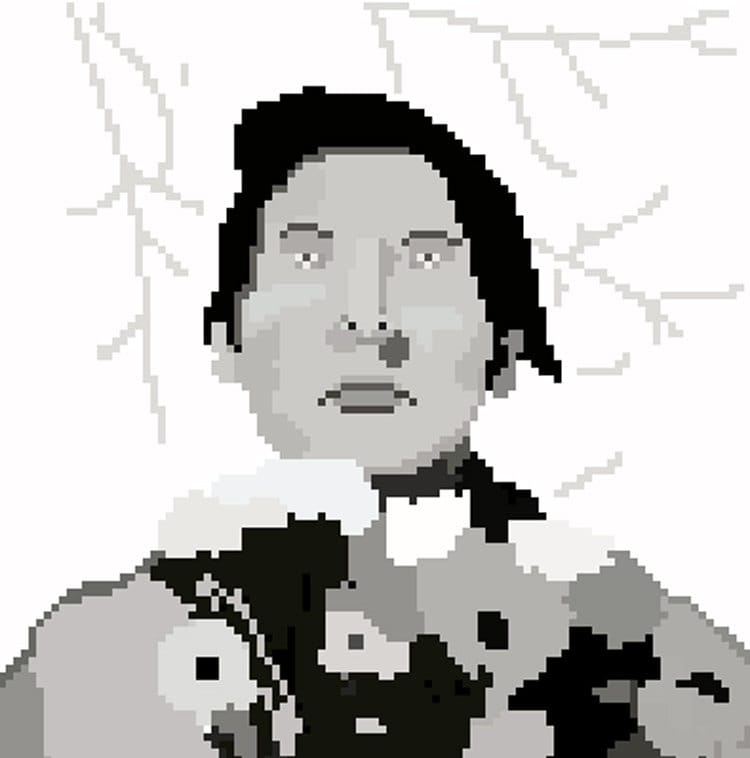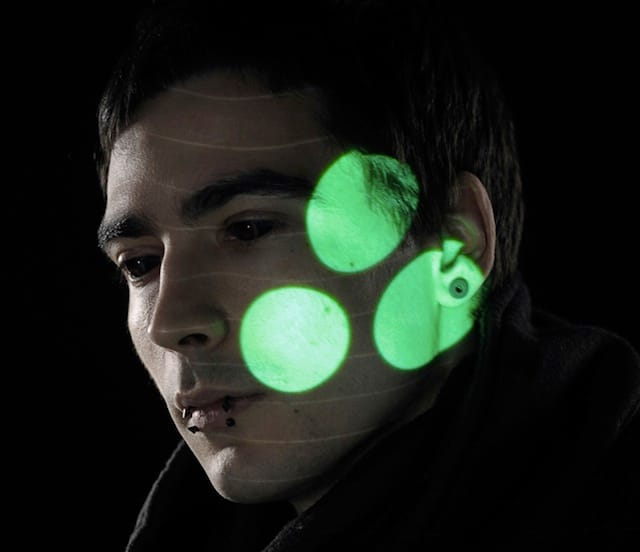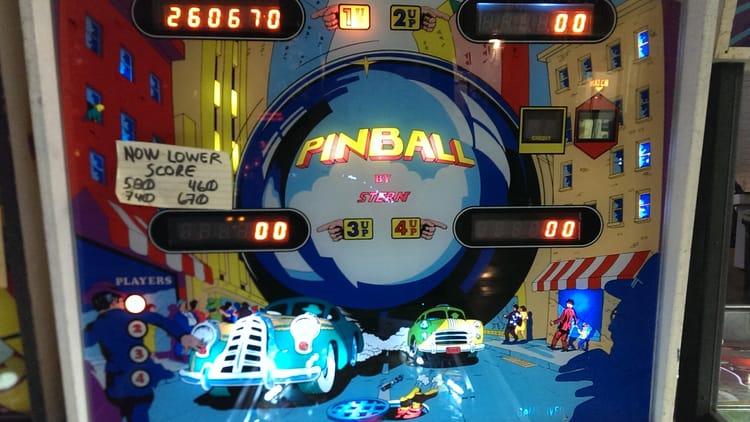Poisonous Paragraphs

Fighting games ordinarily aren’t this progressive. In fact, the majority of Street Fighter X Tekken is business as usual. It plays pretty much like every other fighter ever. Emphasizing this point, the game recycles a cast of a quarter-century’s worth of chiseled warriors and firmly toned martial artists. Yet among the familiar faces, there is one you might not recognize. She is Poison, a relatively obscure character who was included on the roster due to her cult popularity. And the reason for the fanfare? She might be transgender.
Capcom, the videogame company who owns Poison, is very literally flirting with the idea. The first thing you notice about Poison is her body. She is hyper-sexualized, dressed in a pair of Daisy Dukes that would make Daisy blush and a tank top that might qualify as lingerie. I’ll leave the details to the imagination.
The next thing you notice is her hair—a hot pink mane of spiky, Dragon Ball tresses that glide behind her as she struts, like a float in the Macy’s Thanksgiving Day Parade. Which brings me to her accessories. This amazing hair is tucked inside a black leather police cap that cannot contain it. She also wears a choker, has a pair of handcuffs dangling from her belt loop, and likes to hit people with a baton, presumably so she doesn’t chip a nail.
Her depiction is far from politically correct, but the trans community is in need of advocacy.
The trans community has rallied around Poison, adopting her as a symbol of gender equality in society, even though Poison’s sex technically remains unknown. The community includes people like Morgan McCormick, a lesbian transsexual blogger who runs Translabyrinth, a site that focuses on transgender issues. One of the first times she heard the term transgender, before she had come to terms with her own gender identity, was in the conversation surrounding Poison.
“When I first heard about her, I was like, ‘So the videogame industry has trans people in their games? Then maybe it’s okay for me to be trans,’” she says.
However, the number of transgender characters in videogames is relatively few. Last month at PAX East, McCormick joined a panel on transgender issues in games. The fact that Birdo—a cartoon bad guy from the Nintendo Entertainment System game Super Mario Bros. 2, who, according to the instruction manual, “thinks he is a girl”—was mentioned at all goes to show how few there are.
Still, some sophisticated transgender characters exist, such as Naoto Shirogane from Persona 4, a biological girl who identifies as a boy. The ferocious and foul-mouthed Kainé from the cult classic Nier is intersex (the now-preferred term for hermaphrodite). Also, the transsexual game developer Anna Anthropy recently made a short game about coping with hormone replacement therapy, which she symbolized with a Tetris block that doesn’t fit into place.
There are also gaps in Poison’s story. She first appeared as an enemy in the late-’80s beat ’em up Final Fight. The urban legend goes something like this: When the game was localized in North America, the powers-that-be at Capcom decided that Poison’s persona should be changed from female into a male cross-dresser, in order to avoid any possible objections to beating up a woman.
If this story held up, she would have been borne out of the outrageous prejudice that it is okay to harm transgender people. Yet, it doesn’t seem to be true. Early concept art for her character was labeled “new half,” a Japanese term for transgender, implying she had been trans all along. But even if the myth is debunked, Poison’s current image is less than desirable.
“When you do see trans people [in games], they’re usually trans women, and are almost exclusively depicted as sex workers, sexual deviants, or tricksters hoping to fool a man into bed. In other words, their identity revolves around having sex,” McCormick tells me.
Poison fits the bill. She has made several cameo appearances as a pole dancer in other games. In Street Fighter X Tekken, she is sexualized to the point of fetishization. Her legs stretch on for a good country mile. When she performs a standing kick, her foot extends past the health bar at the top of the screen. One of her signature moves is to headlock her opponent between her massive thighs. Naturally, the camera never shies away from an ass-shot.
The problem is that Poison’s character reinforces the misconception that transgenderism is a fetish. “Being trans has [nothing] to do with having sex at all,” McCormick says. It is simply about the gender one identifies with.
Poison occupies a nebulous middle ground. Her depiction is far from politically correct, but the trans community is in need of advocacy. Thus she has become something of a transgender folk hero. “She’s indistinguishable from every other empty-headed female character designed like her,” McCormick complains. But this also means she fits in. She is just another half-naked, leggy woman on the roster. In this way, she is expanding cultural literacy on gender issues and doing far more good than harm.
“She’s indistinguishable from every other empty-headed female character designed like her,” McCormick complains. But this also means she fits in.
McCormick, who will work at a rape crisis center this fall, and has helped survivors of domestic violence and sexual assault, personally knows the hardships of being transgender in “a trans-free world,” as she put it. “People have said terrible things to me, and have done even more terrible things to friends of mine, all because we don’t fit into a traditional notion of gender. And much of this stems from the fact that people aren’t exposed to trans people in books, television, and film,” she says.
“I grew up under the impression that being trans occupied the same space as suicide or drug abuse,” McCormick continues. “I hid my feelings because I thought I was the only one like me. Because there were no positive trans role models … I assumed I had some kind of mental disorder.”
Poison could play a valuable role in trumping the negative connotations, even though Capcom has waffled on whether or not she is transgender at all. In a 2007 issue of Electronic Gaming Monthly, Street Fighter producer Yoshinori Ono confirmed that Poison “is officially a post-op transsexual,” with the caveat that “in Japan, she simply tucks her business away in order to look like a girl.” Lately, the company has changed its position. Earlier this year, in an interview with EGMnow, Ono took back his earlier statement. “Capcom’s official stance has and will continue to be that we don’t have a stance.”
It should be said that the interview took part under the scrutinizing eye of a public-relations representative, and, at times, Ono appears to be giving a knowing wink. “I’m very proud and happy that people can see this character as their representative in the game world, due to there not being a lot of characters like that,” he says.
Capcom seems to have taken to heart the truism that there is no such thing as bad publicity. Ono encourages controversy. “It’s supposed to be mysterious; if people want to talk about it on forums or what not they’re welcome to.” As long as Poison’s gender is in question, there are bound to be discussions—and heated arguments—about the truth, which amounts to free advertising for Street Fighter X Tekken and any future game Poison may appear in.
This can seem hypocritical, as Capcom teases its audience and plays up the hype without coming out in support of the trans community. Ono openly admits that the company is trying to have its cake and eat it too. However, this tactic stimulates discourse, which in turn amounts to advocacy for the trans community. As long as people are arguing over whether Poison is or isn’t, it will bring the dialogue into the foreground and begin to normalize transgenderism. “Simply by being, Poison is keeping a conversation about gender alive in a way few other characters are,” McCormick says.
“Growing up trans involves a lot of resignation and giving up. You give up on seeing yourself fully captured by a character on TV,” she tells me. Poison is opening the door to a culture in which transgender people don’t have to feel left out and are accepted for who they are. How fitting is it that videogames—a medium where physical representation amounts to simple polygons drawn on top of the essence of a character—would lead the way?
Illustration by Daniel Purvis



